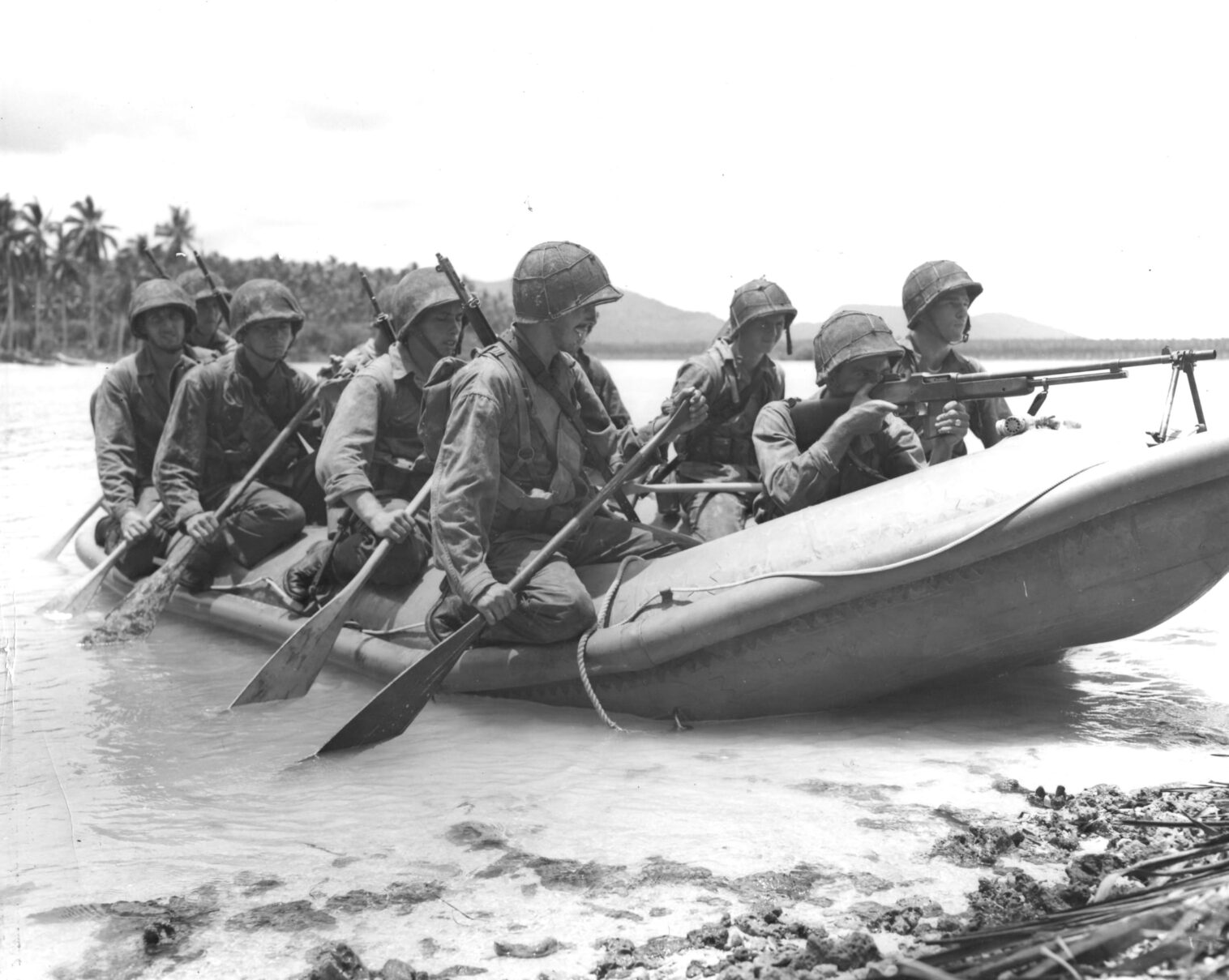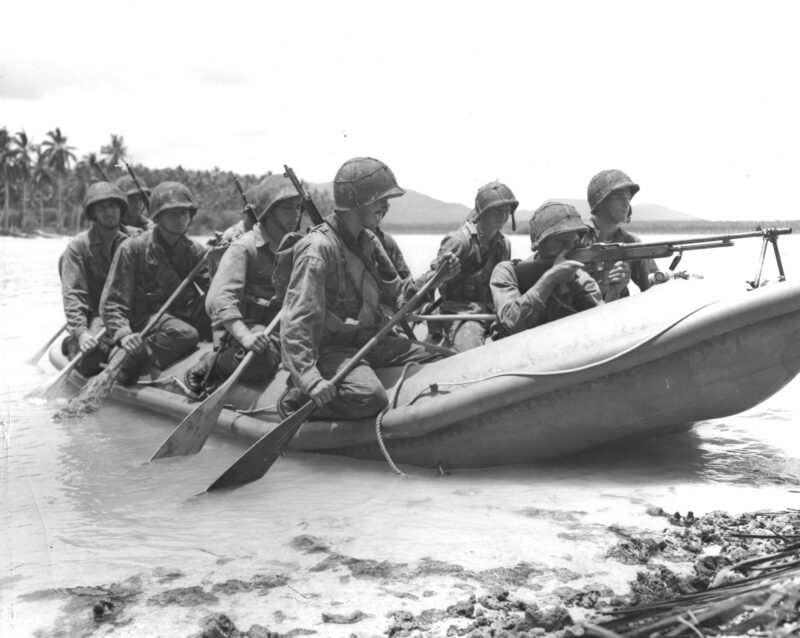In the peaceful years following World War II, an emerging recreational activity gained popularity across the heartland of America. Initially a leisure outdoor activity on gently flowing rivers, float trips gradually evolved into an exhilarating adventure we now know as whitewater rafting.
Today’s blog delves into the deep history of river floats and whitewater rafting in America. We’ll explore its origins, the evolution of river rafts, iconic destinations, and the thrill-seekers who embraced this exciting pastime.
The Birth of River Floats
After World War II ended, outdoor enthusiasts obtained surplus rubber rafts from the army. The Elk River in Missouri is a popular hotspot for river float trips today.
Lazy Days Resort and Campground is a popular destination in today’s modern world of river float trips. It offers rivergoers a chance to relax and enjoy the serene river currents.
The Evolution of River Rafts
As river floats gained momentum, the demand for sturdier and more versatile rafts grew. That led to the development of specialized river rafts designed to navigate through various water conditions.
These rafts are typically made of durable, high-quality synthetic rubber and equipped with features, like handles and ropes for easy portage. The introduction of inflatable rafts revolutionized the experience, making it more accessible to a wider audience.
The Rise of Whitewater Rafting
As river floats became popular, some adventurous souls sought a more adrenaline-fueled experience. This desire led to the emergence of whitewater rafting, where enthusiasts tackled the thrilling river rapids.
With its challenging rapids, the Salmon River Canyon in Idaho became a mecca for whitewater rafting in 1940s America. By the 1960s, commercial whitewater rafting was a full-scale recreational outdoor activity offered to the masses.
Iconic Destinations for River Adventures
America is blessed with abundant breathtaking rivers, streams, and creeks, offering endless river floats and whitewater rafting opportunities. From the Snake River in Wyoming to Hells Canyon in Oregon, there are destinations to suit every adventurer and thrill-seeker skill level.
Whether you seek the calm, gentle flowing currents found on the Elk River in Missouri or the wild river rides of the Colorado River, whitewater rafting is no longer a sport just for athletes. It’s an adventure waiting for you to embark on.
Whitewater Rafting Trips to River Float Trips
Whitewater rafting trips provide an adrenaline rush like no other. With experienced guides and state-of-the-art equipment, participants navigate the raging river currents, experiencing the power and beauty of nature up close. Whether a half-day excursion or a multi-day expedition, whitewater rafting offers unforgettable memories.
On the flip side are river float trips, which offer a serene, low-key float drifting along easy-flowing river currents with little paddling required. Unlike adrenaline-pumping whitewater rafting, river float trips use the same inflatable river raft used to run rapids in whitewater rafting to lower your heart rate and blood pressure, providing a truly relaxing experience.
Where to Start Your River Float Trip?
The history of river floats and whitewater rafting in America is a testament to human ingenuity and the desire for adventure. From humble beginnings with surplus army rafts, river floats evolved into the thrilling world of whitewater rafting.
Today, countless rivers and streams across America beckon paddlers and thrill-seekers to experience the rush of conquering the rapids. So, grab a paddle, embrace the river’s flow, and embark on an unforgettable adventure through the rich history of river floats and whitewater rafting in America.
To begin learning all you need to know about river rafting, book a stay and your river float at Lazy Days Resort in McDonald County, near the charming town of Noel, Missouri.
Remember, as outdoor enthusiasts, it’s our responsibility to protect these natural wonders. Always follow the ‘leave no trace‘ principle and respect the local wildlife and ecosystems.

